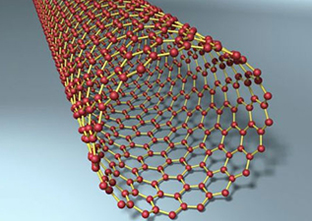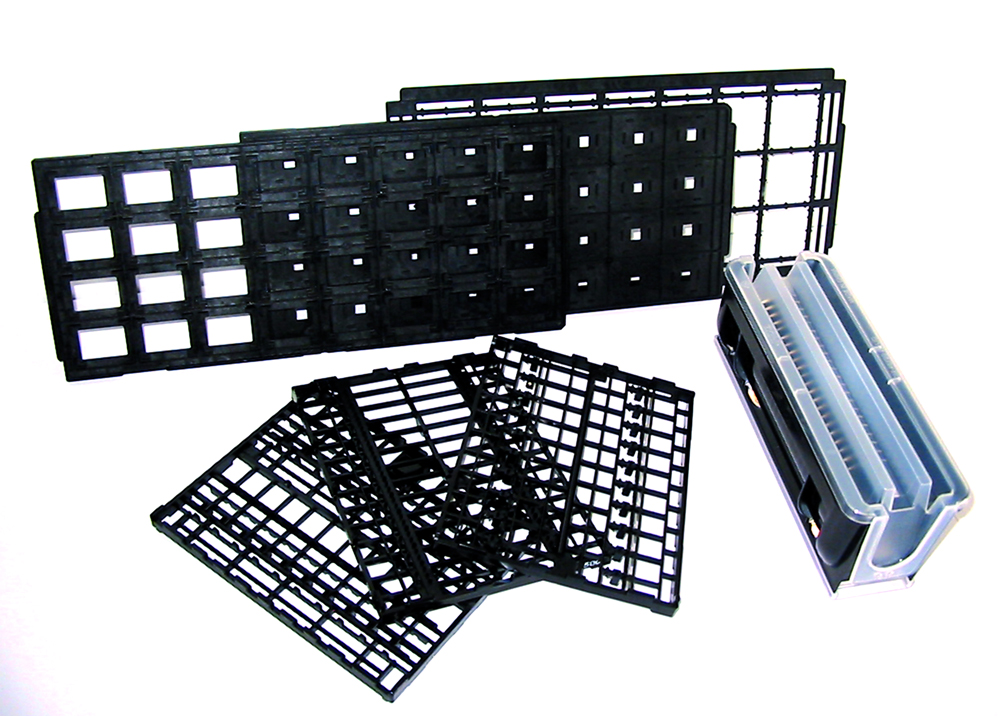"Despite the small quantities, using nanotubes is very complex."

How did Nanocyl become a leader in its industry, in less than fifteen years ?
Nanocyl was created in 2002 and is an academic spin-off founded on the research conducted on nanotubes by Professor Jànos B.Nagy and his team.
When Nanocyl was started up in the University of Namur, it produced a few grams of nanotubes per day, at a cost that made applications in the industrial sector a difficult proposition, except in the space and military industries.
To meet the challenge of mass production that would enable costs to be reduced, Jànos B.Nagy called on Professor Paul Pirard, director of the Chemical Engineering Laboratory at the University of Liège, in order to develop a vapour-phase catalyst deposition process. Several patents were filed and their contents are exclusive to Nanocyl. However, it would take four years to develop the prototype of the initial reactor and to build the industrial version of the Sambreville plant.

What is special about your process ?
 There are three main methods for producing carbon nanotubes. The best known is the arc-discharge method which uses an electric arc to vaporise two carbon rods separated by a distance of around 1 mm in an enclosure filled with low-pressure inert gas.
There are three main methods for producing carbon nanotubes. The best known is the arc-discharge method which uses an electric arc to vaporise two carbon rods separated by a distance of around 1 mm in an enclosure filled with low-pressure inert gas.
The second process consists of preparing the nanotubes through laser vaporisation of graphite pencils in a catalyst mixture of cobalt and nickel at 1200 ° C and then processing under a vacuum at 1 000 ° C to remove the fullerenes.
However, both of these methods have drawbacks. First, they involve the evaporation of the carbon source. Second, they produce entangled carbon nanotubes that are difficult to purify and then assemble for practical applications.
 Our process, christened Catalytic Chemical Vapour Deposition (CVD), therefore appears as a relevant alternative. It consists in breaking down a hydrocarbon vapour on a catalytic surface heated to a high temperature, by separating the carbon from the hydrogen. This enables carbon nanotubes of a higher level of purity to be mass-produced.
Our process, christened Catalytic Chemical Vapour Deposition (CVD), therefore appears as a relevant alternative. It consists in breaking down a hydrocarbon vapour on a catalytic surface heated to a high temperature, by separating the carbon from the hydrogen. This enables carbon nanotubes of a higher level of purity to be mass-produced.
What are the current challenges on this market ?
Thanks to our process, our production capacity has increased from a few kilos of nanotubes per year in a laboratory to around 500 tonnes, which represents over a third of European production. Globally, production is centred around four stakeholders: Nanocyl and Arkema in Europe, Hyperion in the United States, Showa Denko in Japan and recently CNano in China.
The advantage as regards volume conferred by our process is no longer sufficient to compete with competition from Asia. We have to focus on the quality of our nanotubes and, beyond that, on manufacturing more advanced products, such as mixtures ready to be extruded, based on our customers' specific application. This is why we are focusing on design, advice and assistance in implementing the nanotube-polymer mixtures. This aspect of development is all the more important because most manufacturers have also focused their offer on this type of mixture.

Why is that ?

First, because manufacturers only use small quantities of carbon nanotubes. Their size and shape enable the electrical, mechanical and thermal properties of materials to be improved at lower charging levels than other charges.
For instance, in the two main industrial sectors that use the nanotubes, plastics and paints, the amount of nanotubes in the polymers varies between 1.5 and 5% at most, but integrating them into the polymer requires a certain amount of expertise.
Handling powers requires the same safety measures used for other inert powders, namely masks and hermetic feed-through extruders. The nanotube dispersion step is essential for transferring the properties to the host matrix. This is why powders are only used for very specific applications or by plastics manufacturers who want to sell their own masterbatches.
Most of our plastic manufacturing customers prefer to use semi-processed products that have already been dispersed, that are ready to be diluted, whose quality is stable and controlled, and that are formulated based on the most common applications.
What are the most common applications ?
 Most of our offer target four types of applications: electronics, motor vehicles, energy and industrial solutions. It primarily target products based on polymers that require electrostatic properties such as packaging or substrates for electronic circuits and antistatic automotive parts that come into contact with hydrocarbons. Then there are the nanotubes present in the cathodes of new lithium-ion batteries, used to increase their capacity and operating cycles. Finally, there are the nanotubes used as mechanical reinforcements for rubbers and plastics. It targets industrial products such as conveyor belts, on the one hand, and consumer sports and leisure equipment, on the other. These applications also include more advanced uses such as nanotubes for the aerospace industry, transportation and the manufacturing of wind turbines.
Most of our offer target four types of applications: electronics, motor vehicles, energy and industrial solutions. It primarily target products based on polymers that require electrostatic properties such as packaging or substrates for electronic circuits and antistatic automotive parts that come into contact with hydrocarbons. Then there are the nanotubes present in the cathodes of new lithium-ion batteries, used to increase their capacity and operating cycles. Finally, there are the nanotubes used as mechanical reinforcements for rubbers and plastics. It targets industrial products such as conveyor belts, on the one hand, and consumer sports and leisure equipment, on the other. These applications also include more advanced uses such as nanotubes for the aerospace industry, transportation and the manufacturing of wind turbines.





